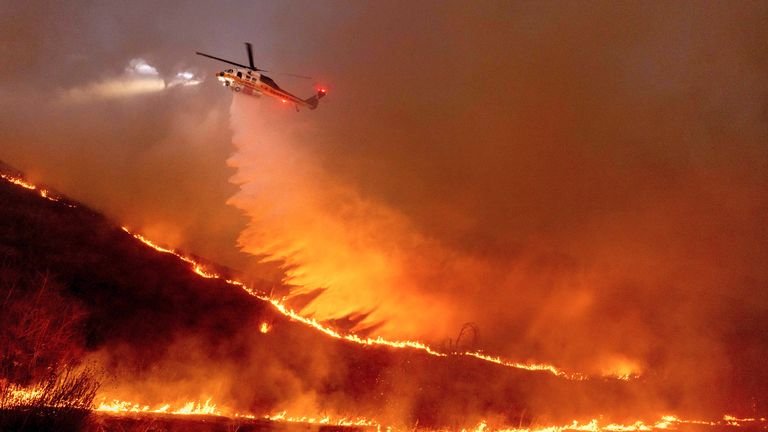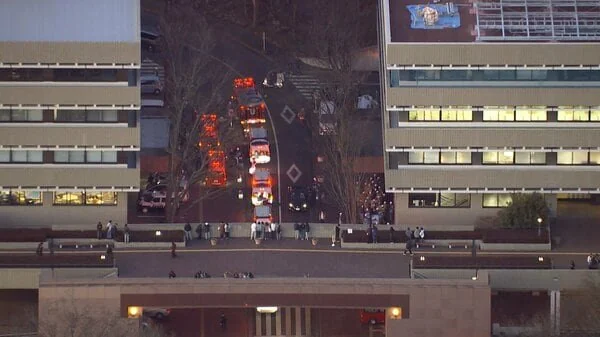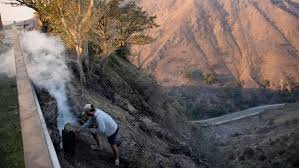The Los Angeles Department of Water and Power (DWP) was under unprecedented pressure as firefighters tried to extract large volumes of water over long periods of time, according to a report in the LA Times.

A significant obstacle arose as firefighters fought destructive wildfires throughout Los Angeles: low water pressure hindered efforts to control the fire, and fire hydrants in some locations ran empty.
As firemen tried to draw enormous volumes of water over long periods of time, the Los Angeles Department of Water and Power (DWP) and other local water utilities experienced previously unheard-of strain, according to a LA Times investigation. The city’s water systems were never built to handle firefighting operations of this magnitude, according to Martin Adams, the former general manager of DWP, who spoke to the LA Times. “The system has never been designed to fight a wildfire that then envelops a community,” Adams stated.
In Pacific Palisades, a particularly hard-hit region, several hydrants reportedly failed or produced insufficient water. Similar concerns developed in Altadena and Pasadena, where firefighters reported low water pressure.

The local water system in Pacific Palisades is based on storage tanks that are gravity-fed and located on hills. Water is supplied to hydrants below by these tanks, which have a capacity of roughly one million gallons apiece. Higher-elevation communities like Palisades Highlands saw dry hydrants as a result of the strong firefighting efforts quickly depleting the tanks. A DWP representative claimed that the system was overloaded for 15 hours as water demand increased to four times the normal rate.
A neighbouring DWP reservoir was unavailable for maintenance, which made matters worse. Authorities are currently looking into how this might have further reduced the amount of water available. Although tanker trucks were sent to provide water in places that needed it, the logistical difficulties of water transportation caused a delay in attempts to adequately address the shortages.
Water systems in regions of Los Angeles that span elevations from sea level to over 1,500 feet in the Pacific Palisades are separated into pressure zones, usually in elevation increments of 100 feet, which can restrict water flow when demand spikes during emergencies. Topography is a factor in water distribution issues.
Water distribution in Altadena and Pasadena was more complicated. The difficulties experienced by nearby water providers were made clear by the Eaton Fire, which severely damaged these areas. Because their pumps were impacted by power disruptions, some suppliers found it difficult to maintain proper pressure. In several places, the electricity was turned off to keep firemen safe from falling wires and power lines. The situation was a Catch-22.

Los Angeles city leaders, including Mayor Karen Bass, have come under fire for budget cuts to fire department resources, which some claim have weakened the city’s ability to respond to large-scale emergencies. California Governor Gavin Newsom has ordered an independent investigation into the water supply failures, calling the reports “deeply troubling.” The Palisades Fire alone destroyed over 5,000 structures, and the Eaton Fire damaged or destroyed another 4,000 to 5,000.
Experts have suggested a number of approaches to deal with these issues. The recommended actions include investing in backup power systems for pumps, improving pipes to meet increased demand, and increasing the amount of water storage capacity in high-risk locations. However, there are logistical and cost challenges associated with these solutions.
In the past, when hydrants have failed, firemen have resorted to unusual water sources like swimming pools or ocean water.







